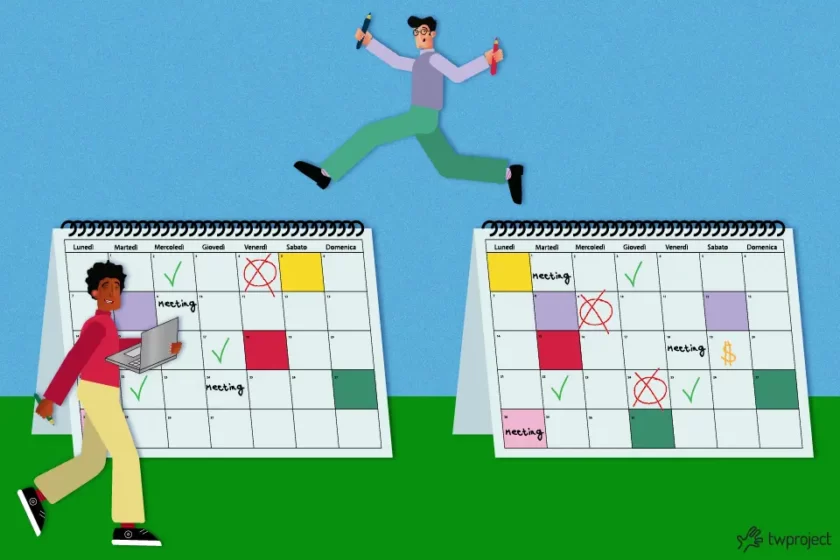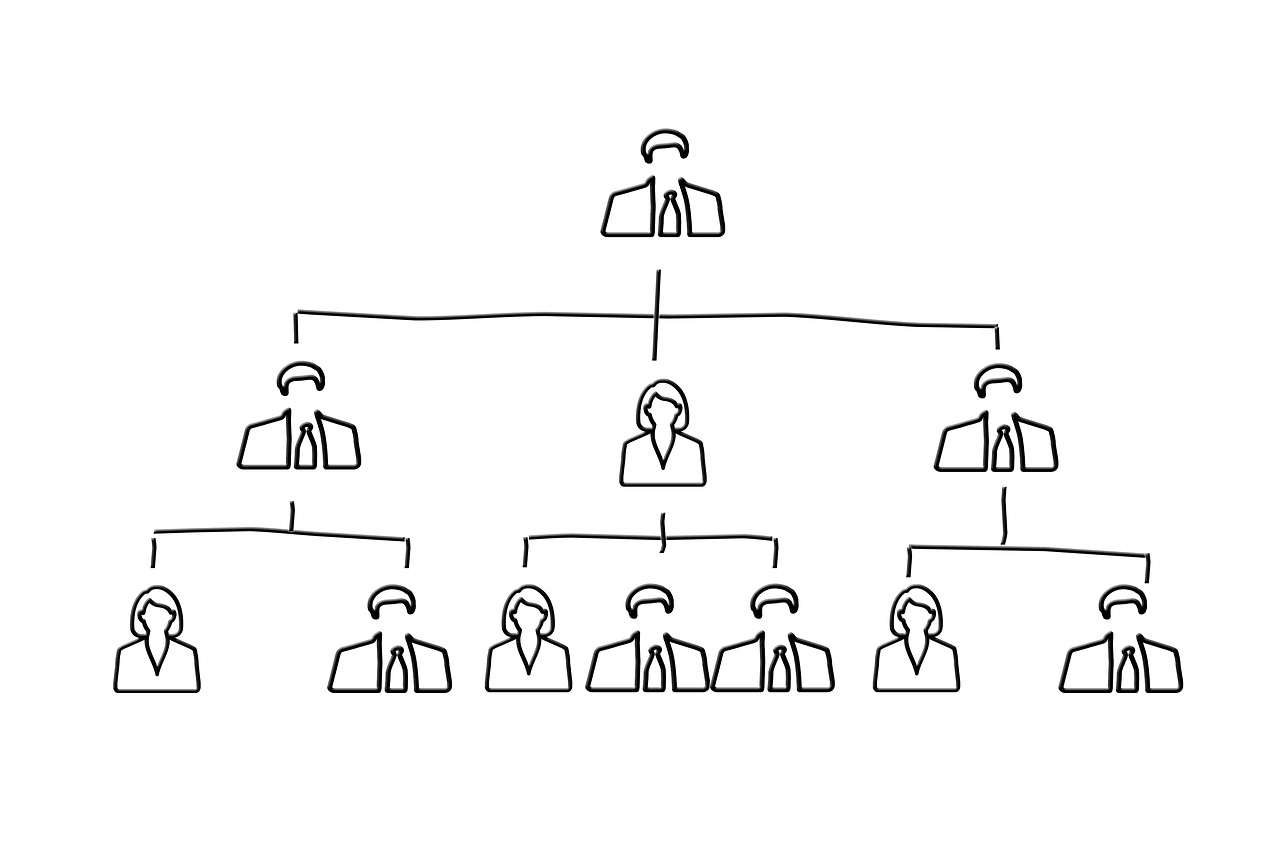Project management trends & insights.
Latest product updates
-
Annual project planning: how to organize yourself

Annual planning is one of the most critical and strategic moments for project managers. Looking toward the next 12 months means turning often abstract business objectives into tangible activities, allocating resources correctly, and preventing critical issues before they arise. Without a structured vision, there is a risk of proceeding on an emergency basis, losing control…
Choose the category you are interested in:
AgileComparisonCost managementPm expertProduct updatesProductivityProject managementResource managementTime managementUsage tips
-

Direct and indirect costs impact in projects
How do direct and indirect costs impact projects? This is the good question a fellow reader asked us and we would like to answer it in this article. Cost classification is an important concept in budgeting, accounting and project management (you may find this article about project management tools). CONTENT What are direct costs? Definition…
-

Cycle Time to Lead Time Ratio
Lead time and cycle time are widely used terms in the Kanban world. CONTENT What is Cycle Time? What is Lead Time? Lead Time and Cycle Time Example How can you reduce the gap between lead time and cycle time? However, quite often, people get confused when trying to understand the difference between them and…
-

Configuration Management
Configuration Management is a technical management discipline that is used to track changes in complex systems development, and was originally introduced during the 1950s by the U.S. Department of Defense. CONTENT What is the goal of project configuration management? How to run project configuration management How to run configuration management: Be ready from the get-go…
-

Gap Analysis: what it is and how to perform it correctly
Gap Analysis is one of the most powerful tools available to Project Managers and more. If used correctly, in fact, it can really help a company correct its course and avoid catastrophic mistakes. CONTENT What is a gap analysis? Benefits of performing a gap analysis Benefits of Gap Analysis: Product Portfolio Opportunities Benefits of Gap…
-

Project activities: role and characteristics
In this article we will examine the project activities, their role and characteristics. CONTENT What defines a project? 1. Clarify project goals and scope 2. Develop a work breakdown structure 3. Deliver a realistic schedule 4. Create a project risk plan 5. Manage change requests Project activities: planning and development 1. Setting up project activities…
-

Engaging the Project Team
Knowing how to engage your project team is certainly one of the key drivers for running a successful business. CONTENT What is project team engagement? How do you measure Team members’ engagement? How to engage the project team Engaging the Project Team: Bottom Line A project manager wants their employees to feel proud of what…
-

Product life cycle and its relevance in business strategies
A product’s life cycle (which should not be mistaken with a project’s life cycle) bears a strategic relevance for the company that produces it. CONTENT What is product life cycle management? The four phases of a product’s life cycle and related business strategies 1. Introduction 2. Growth 3. Maturity 4. Decline Product life cycle: bottom…
-

Project quality control: which parameters should be monitored
Project quality is a major factor in achieving client satisfaction, which in turn is a key component in project success. Therefore, nothing about quality should be taken lightly, but more importantly, quality control should not be something improvised or done afterwards. CONTENT Planning and identification of parameters to be monitored for quality Parameters to monitor…
-

Corporate governance vs management
CONTENT Corporate governance role Corporate governance: 7 questions to understand it Governance duties and responsibilities Management’s role Corporate governance vs management: Conclusions Corporate governance and management are not the same thing, although some people might think so. Actually, they are two very different things. Let’s make it clear in this article where we will look…
-

Top-down and bottom-up projects
Top-down and bottom-up management are two of the most popular approaches in the Project Management world. What you need to know is that before beginning to work on a project, it is very important to have a management approach in place and to be consistent with it. CONTENT What is top-down management? Pros and cons…
-

Scrum Master, an ever more important role
The Scrum Master might sound like some role-playing game character, but it is actually a leadership figure that is becoming more and more important. Many organizations today work using an Agile methodology, mainly Scrum. CONTENT What is a Scrum Master? 5 Scrum master responsibilities 1. Team members coach 2. Moderate daily meetings 3. Assist the…
-

Product Manager: role importance
The Product Manager is a core figure for a business. He ensures the company’s position in the market, drives the product roadmap to meet deadlines and focuses on long-term success. How does a product manager perform this important task? We will discuss the subject in this article. CONTENT What does a product manager do? Why…
